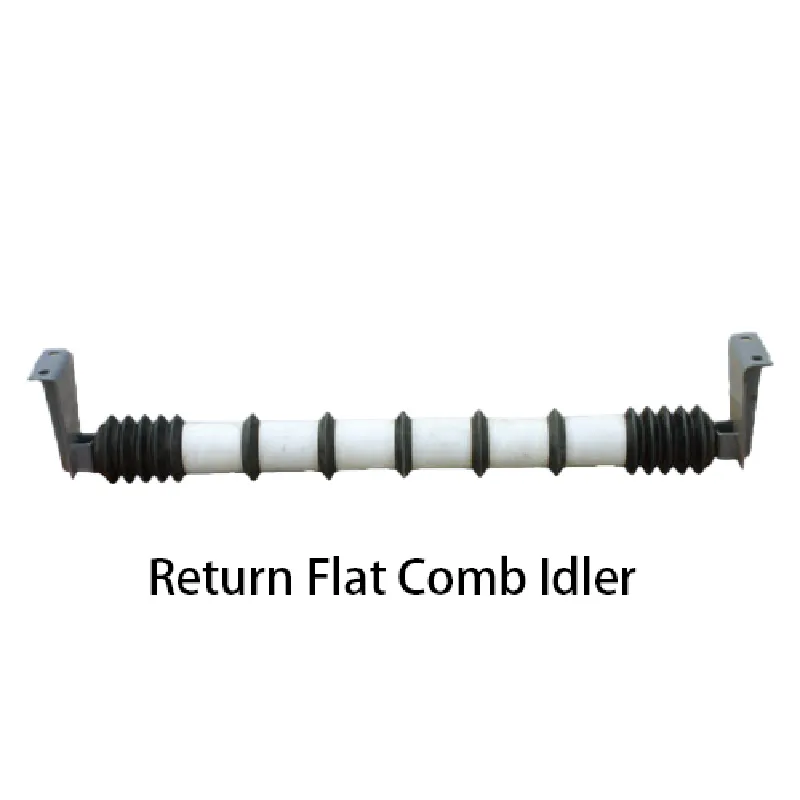 Afrikaans
Afrikaans  Albanian
Albanian  Amharic
Amharic  Arabic
Arabic  Armenian
Armenian  Azerbaijani
Azerbaijani  Basque
Basque  Belarusian
Belarusian  Bengali
Bengali  Bosnian
Bosnian  Bulgarian
Bulgarian  Catalan
Catalan  Cebuano
Cebuano  Corsican
Corsican  Croatian
Croatian  Czech
Czech  Danish
Danish  Dutch
Dutch  English
English  Esperanto
Esperanto  Estonian
Estonian  Finnish
Finnish  French
French  Frisian
Frisian  Galician
Galician  Georgian
Georgian  German
German  Greek
Greek  Gujarati
Gujarati  Haitian Creole
Haitian Creole  hausa
hausa  hawaiian
hawaiian  Hebrew
Hebrew  Hindi
Hindi  Miao
Miao  Hungarian
Hungarian  Icelandic
Icelandic  igbo
igbo  Indonesian
Indonesian  irish
irish  Italian
Italian  Japanese
Japanese  Javanese
Javanese  Kannada
Kannada  kazakh
kazakh  Khmer
Khmer  Rwandese
Rwandese  Korean
Korean  Kurdish
Kurdish  Kyrgyz
Kyrgyz  Lao
Lao  Latin
Latin  Latvian
Latvian  Lithuanian
Lithuanian  Luxembourgish
Luxembourgish  Macedonian
Macedonian  Malgashi
Malgashi  Malay
Malay  Malayalam
Malayalam  Maltese
Maltese  Maori
Maori  Marathi
Marathi  Mongolian
Mongolian  Myanmar
Myanmar  Nepali
Nepali  Norwegian
Norwegian  Norwegian
Norwegian  Occitan
Occitan  Pashto
Pashto  Persian
Persian  Polish
Polish  Portuguese
Portuguese  Punjabi
Punjabi  Romanian
Romanian  Russian
Russian  Samoan
Samoan  Scottish Gaelic
Scottish Gaelic  Serbian
Serbian  Sesotho
Sesotho  Shona
Shona  Sindhi
Sindhi  Sinhala
Sinhala  Slovak
Slovak  Slovenian
Slovenian  Somali
Somali  Spanish
Spanish  Sundanese
Sundanese  Swahili
Swahili  Swedish
Swedish  Tagalog
Tagalog  Tajik
Tajik  Tamil
Tamil  Tatar
Tatar  Telugu
Telugu  Thai
Thai  Turkish
Turkish  Turkmen
Turkmen  Ukrainian
Ukrainian  Urdu
Urdu  Uighur
Uighur  Uzbek
Uzbek  Vietnamese
Vietnamese  Welsh
Welsh  Bantu
Bantu  Yiddish
Yiddish  Yoruba
Yoruba  Zulu
Zulu Mechanisms of Conveyor Systems and Pulley Operations Explained in Detail
Conveyor Belts and Pulleys The Heart of Modern Logistics
In today’s fast-paced industrial environment, the efficiency of operations largely depends on the effectiveness of material handling systems. Among the various components that facilitate this, conveyor belts and pulleys play crucial roles in streamlining workflows and enhancing productivity. Their design, functionality, and integration into various systems have made them indispensable in sectors ranging from manufacturing to logistics.
Understanding Conveyor Belts
A conveyor belt is a continuous loop made of materials such as rubber, fabric, or metal, designed to transport goods and materials from one point to another efficiently. The primary function of a conveyor belt is to move loads across short or long distances, which can significantly reduce manual labor and minimize the risks associated with transporting goods by hand.
Conveyor belts come in various forms, including flat belts, modular belts, and cleated belts, each tailored for specific applications. For example, flat belts are commonly used for light to medium loads, while cleated belts can transport materials at an incline, preventing them from sliding back down.
The Role of Pulleys in Conveyor Systems
Pulleys are critical components of conveyor belt systems. They are used to change the direction of the belt and provide the necessary tension for smooth operation. A typical conveyor system may include two types of pulleys the drive pulley and the return pulley. The drive pulley is powered by a motor, which turns the belt and moves the materials. The return pulley, on the other hand, supports the belt as it returns to its starting point, ensuring even wear and tear over time.
Pulleys are available in various sizes and designs, depending on the type of conveyor system they are used in. They can be made from different materials, including steel, aluminum, or plastic, depending on their application and the weight of the goods being transported.
conveyor belt and pulley

Benefits of Conveyor Belts and Pulleys
One of the most significant advantages of using conveyor belts and pulleys is the enhanced efficiency they bring to material handling. With continuous operation, they allow for the 24/7 movement of goods, which is especially beneficial in large-scale production settings. This capability not only increases productivity but also reduces labor costs, making it a cost-effective solution for many industries.
Moreover, conveyor systems can be designed to incorporate features such as automation and integration with other machinery, including sorting and packing systems. This synergy helps streamline operations, reducing the time taken from production to delivery, which is vital in today’s on-demand market.
Challenges and Considerations
Despite their many benefits, conveyor belts and pulleys are not without challenges. Maintenance is crucial to prevent breakdowns and ensure longevity. Regular inspections are necessary to identify wear and tear and to replace any defective components. Additionally, proper training for operators is essential to maximize the efficiency of these systems and to minimize workplace accidents.
Furthermore, advancements in technology have led to the development of smart conveyor systems that utilize sensors and artificial intelligence to optimize performance. These innovations can predict breakdowns before they happen, reducing downtime and increasing the overall efficiency of the logistics network.
Conclusion
In summary, conveyor belts and pulleys are fundamental elements of modern industrial operations. Their ability to enhance productivity, reduce labor costs, and improve safety makes them invaluable in various sectors. As technology continues to evolve, so too will the efficiency and capabilities of these systems, ensuring they remain at the forefront of material handling solutions in the years to come. Their enduring relevance speaks to their critical role in shaping the future of logistics and manufacturing.
-
Revolutionizing Conveyor Reliability with Advanced Rubber Lagging PulleysNewsJul.22,2025
-
Powering Precision and Durability with Expert Manufacturers of Conveyor ComponentsNewsJul.22,2025
-
Optimizing Conveyor Systems with Advanced Conveyor AccessoriesNewsJul.22,2025
-
Maximize Conveyor Efficiency with Quality Conveyor Idler PulleysNewsJul.22,2025
-
Future-Proof Your Conveyor System with High-Performance Polyurethane RollerNewsJul.22,2025
-
Driving Efficiency Forward with Quality Idlers and RollersNewsJul.22,2025





























